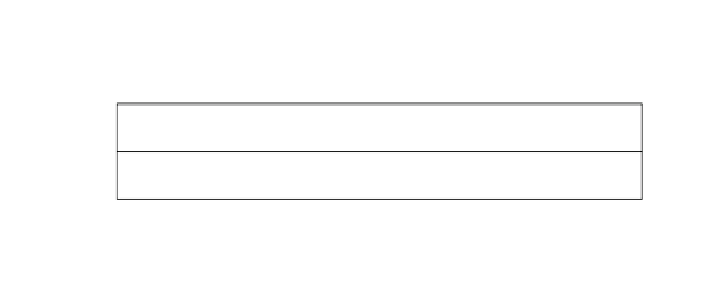Environmental Engineering Reference
In-Depth Information
20.0
15.0
Tier I
Tier II ( global)
10.0
5.0
Tier III ( NO Emission Control Areas )
X
0.0
0
200
400
600
800
1000
-1
number of revolutions [min ]
Fig. 12.8
NO
x
emission limits in MARPOL 73/78, Annex VI
projected to increase by nearly 40% between 2000 and 2020. The reason is that by
2020, the emissions from shipping around Europe are expected to equal or even
surpass the total from all land-based sources in the 27 EU member states com-
bined. In addition to the NO
x
requirements for new ships from 2011, the IMO
decided that in ECAs, ships built after 01 January 2016 will have to reduce
emissions of NO
x
by about 80% from the current limit values.
Figure
12.8
shows the course of NO
x
limits depending on the number of rev-
olutions [
50
].
Besides international legislation, national regulations also limit exhaust gas
emissions, e.g., in Sweden, in Norway and in the USA. The authority in Alaska limits
the visible emissions of seagoing vessels by the Alaska Marine Vessel Visible
Emission Standard (18 AAC 50.070). The exhaust opacity at the end of the exhaust
pipes is limited to 20%. Short excesses are allowed during maneuvering [
51
].
Europe Directive 97/68/EC, amended by 2004/26/EC, sets limits on the emis-
sions of diesel engines on inland navigation vessels [
52
,
53
]. The limits correspond
to step two (Tier II) of the US EPA ship guidelines [
54
].
12.4 Summary and Recommendations: International Type
Approval and Type Certification
There is a large variety of laws and regulations concerned with reducing fuel
consumption and emissions. Despite this variability, the procedures for quality
control, production and operation are very similar for vehicles, airplanes and ships.
12.4.1 Vehicle Type Approval
Type Approval is the most important procedure for the permission of mass pro-
duction of vehicles.










Search WWH ::

Custom Search